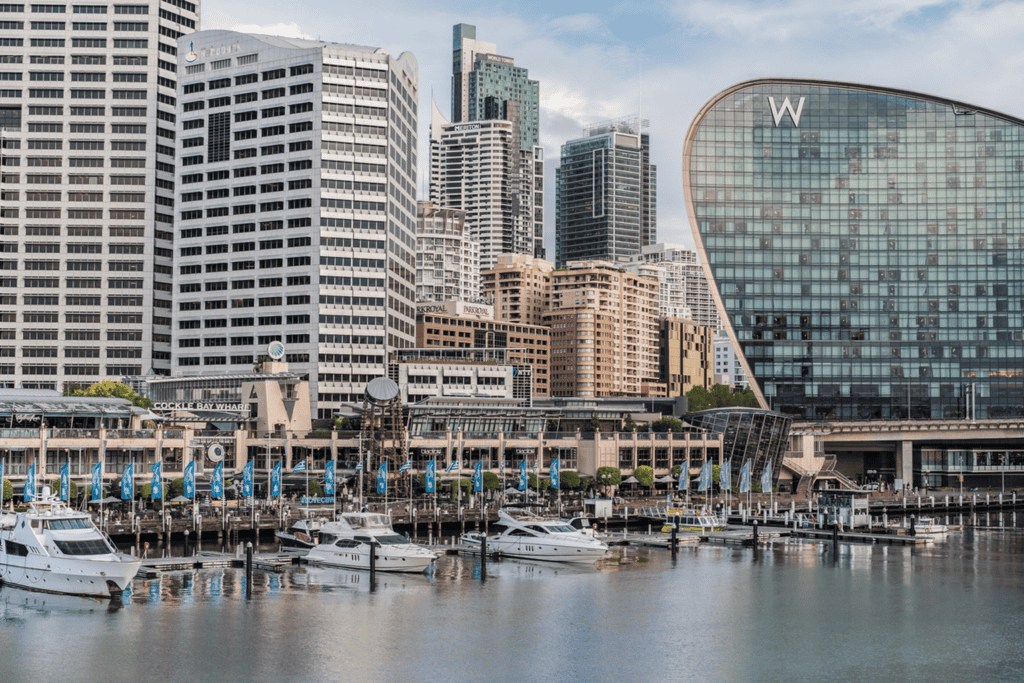The release of the latest GDP figures gives us a good excuse to look at the politically fraught topic of budget repair.
The critical information in the release this month was not that the national economy grew in the second quarter at the fastest pace in four years – up 0.5% to an annual rate of 3.3% – but that the performance was fuelled by government spending.
It was the only thing that was up. Private investment and net exports fell, according to the Australian Bureau of Statistics figures. In contrast, government consumption rose 1.9% – thanks in large part to listing hepatitis C drugs on the Pharmaceutical Benefits Scheme – and public investment jumped 15.5% over the three months.
GDP growth (%)

Not an emergency
So what does that mean for the budget ‘emergency’ that the then-prime minister Tony Abbott was so shrill about in 2014?
While the emergency mantra was quietly dropped, the government has turned the message into ‘budget repair’ and ‘moving back to surplus’. But how realistic is that aim?
The government will spin its economic message again in November or December with a Henny Penny Mid-Year Economic and Fiscal Outlook.
But this is likely to show that on Treasury estimates, the budget deficit in 2019–20 will be a tiny $6 billion. That’s just 0.3% of an annual GDP tipped to be about $2 trillion. Even the 2018–19 deficit is forecast at just 0.8% of GDP, which is less than half the ‘terrifying’ 2% recorded during the mid-2014 ‘emergency’.
Underlying cash balance

What if something good happens?
Don’t forget that these are just estimates. Just as they may be worse than expected, another hit of Lucky Country good fortune could easily turn them around.
What if Australian businesses and consumers take full advantage of low interest rates and pump up the economic volume, or if there’s an unexpected jump in confidence overseas? Happy days, and a return to budget surplus, which is possible under this scenario within two years, on economists’ reckonings.
So why is the government saying one thing and doing another? That is, it says it wants to bring the budget back to surplus but is spending like a drunken sailor on shore leave.
The reality is that with inflation decelerating quickly enough to give the Reserve Bank of Australia (RBA) carpet burns and wages growth running at record lows, the responsible approach is to run a budget deficit.
Growth and jobs
If the national economy was stronger, it would be possible to raise taxes and cut government spending to balance the budget. Until we get to that point – and remember the RBA is still trying to stomp on the accelerator by cutting interest rates – we will still have a tiny deficit, making Australia the envy of much of the rest of the world.
With government spending underpinning GDP growth, the Coalition’s election slogan of ‘growth and jobs’ would sound really hollow if it now turned frugal.
The accepted wisdom among economists is that the government needs to keep spending, but the key is for the money to go to world-class projects – particularly infrastructure – that will produce substantial returns for the whole country.




